Cobalt is a ferromagnetic metal with a specific gravity of 8.9. It has a Curie temperature of 1115 degrees Celsius and a magnetic moment of a magnet of 1.6–1.7 boron magneton per atom. The relative permeability of cobalt is two thirds of iron. Cobalt metal occurs as two crystallographic structures: hcp and fcc. The ideal transition temperature between hcp and fcc structures is 450 degrees Celsius, but in practice the energy difference between them is so small that the random average growth of the two is common.
Cobalt is a weak reducing metal and is protected from oxidation by a passive layer. This element is attacked by halogens and sulfur. Heating it in oxygen produces Co3O4, which loses oxygen at 900 degrees Celsius to cobalt(II) oxide, CoO. This metal reacts with fluorine (F2) at 520 K to produce CoF3; And with chlorine (Cl2), bromine (Br2) and iodine (I2), it produces equivalent binary halides. Even when heated, it does not react with hydrogen gas (H2) or nitrogen gas (N2) but reacts with boron, carbon, phosphorus, arsenic and sulfur. At normal temperatures, it reacts slowly with mineral acids and very slowly with moist air, but not with dry air.











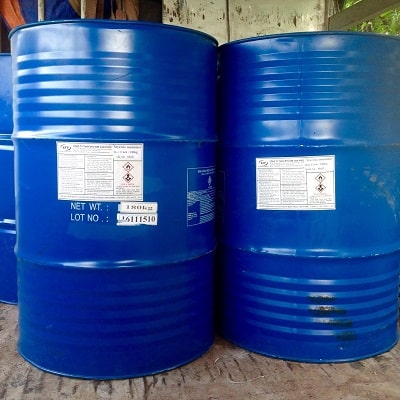
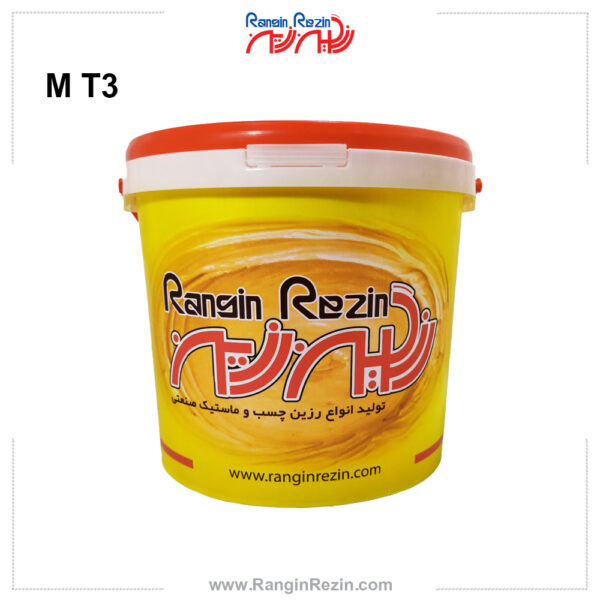
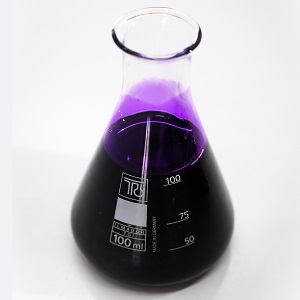

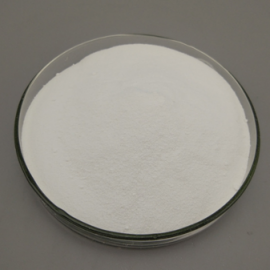
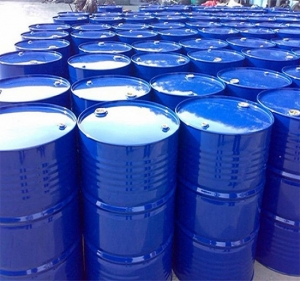
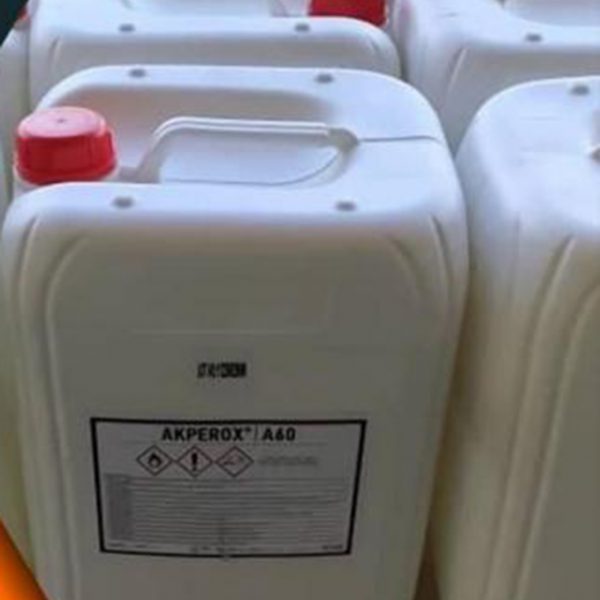
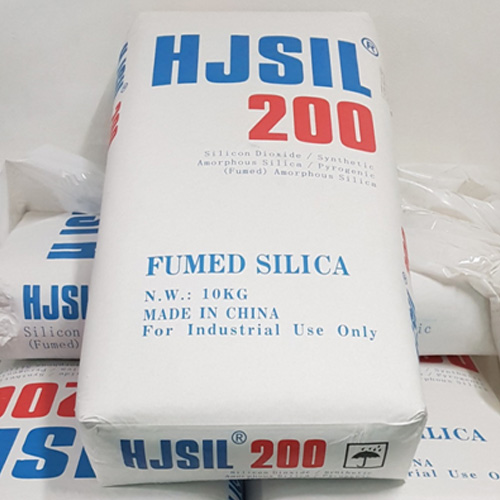
Reviews
There are no reviews yet.